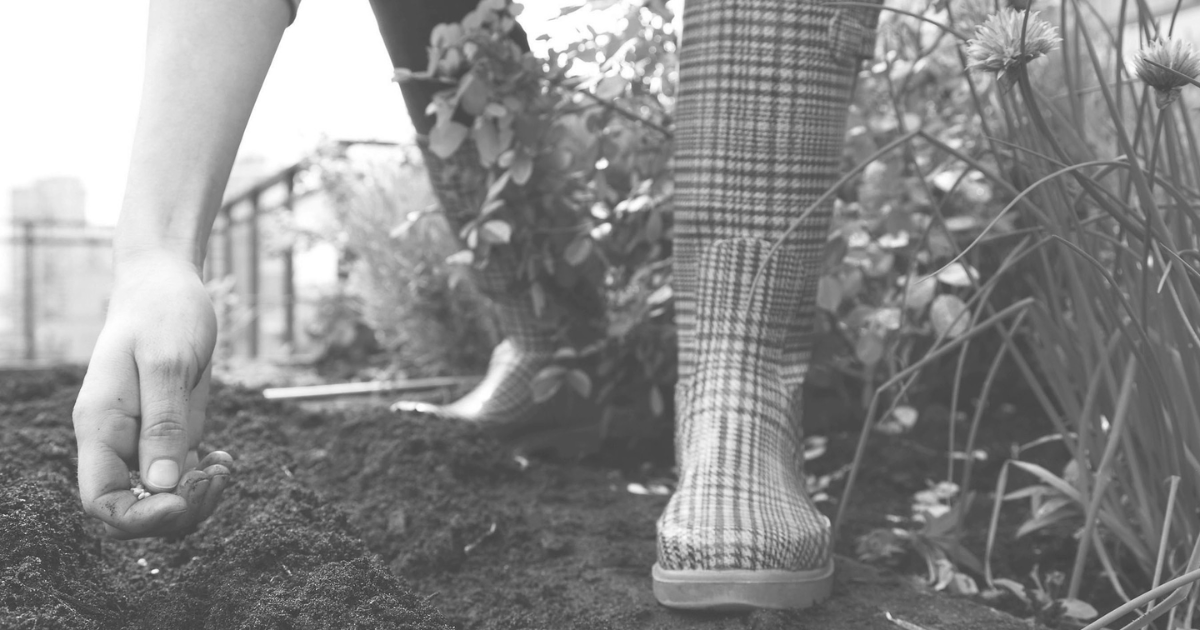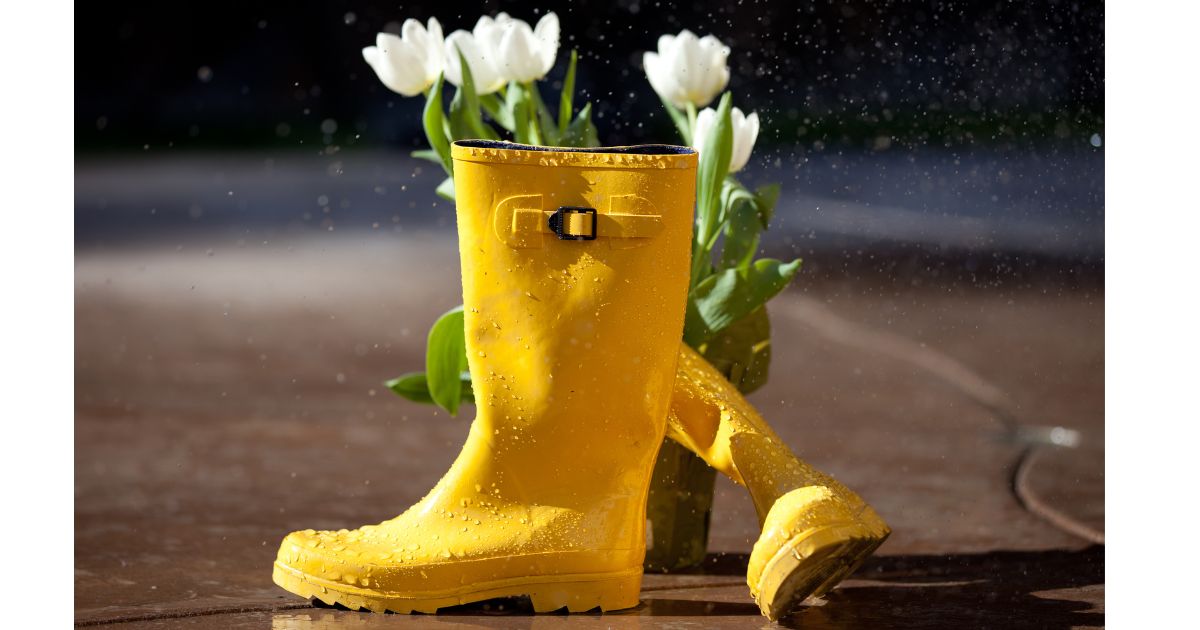I like autumn for its long, “bugless” nights. The constellations of stars pass predictably across the sky with many well-known celestial objects that present themselves well with only a pair of binoculars. This autumn, there are a few dates that offer some excitement.
A Partial Solar Eclipse on October 14, 2023
On October 14, the Sun will lose some splendour as the Moon slips in front of a small portion of it. A more impressive view can be seen if you happen to be in a southward curving arc between Oregon and Texas, where the Moon will all but completely cover the Sun’s disk.
Along this path, you will see what is called an Annular Eclipse. At this time, the Moon will be 399,000 km from the ground and appear slightly smaller than Sun. So, at mid-eclipse, a blindingly brilliant ring of sunlight will remain visible around the black surface of the Moon.
In Canada, we will be far from the centre of the eclipse path, so we must be satisfied with seeing a large “bite” taken out of the Sun’s disk. The largest bite will be visible from SW British Columbia (about 80%), but further east, this decreases to about 10-20% in Newfoundland and the Arctic. You can check here to find the time of maximum eclipse for your location. Enter your location, and you will discover when to see it and how large a bite will be taken.
Unfortunately, these non-total eclipses are particularly dangerous. Your attention is drawn towards the misshapen Sun’s disk, but the remaining visible surface can still burn your retina. You should never look directly at the Sun’s disk, but there are some simple ways to observe the eclipse safely. The best way to “observe” the event is to look at the light that shines through tree leaves and produces the Sun’s image on the ground. The gaps in the leaves can act like many pinhole camera lenses that will produce crescent-shaped images of the Sun. Another way is to project the Sun’s image onto a screen using one lens of your binoculars or a small telescope. Either way, you get to share the experience safely with lots of friends.
Lunar Eclipse on October 28, 2023
The solar eclipse occurs when the Moon orbits in front of the Sun, then two weeks on both sides of the eclipse date, the Moon may also orbit through the Earth’s shadow. So, we can then expect a lunar eclipse about two weeks before and after a solar eclipse. Indeed, on October 28, there will be one, but the Moon will only glance by our shadow with the maximum dimming of 6% occurring at 16:14 EDT. If it ends up being cloudy, we will not have missed much.
The Orionid Meteor Shower peaks on October 22, 2023
Eclipses tend to be protracted events. So, if you are more interested in sudden surprises, try meteor observing. The Orionid Meteor Shower stretches throughout October but peaks about October 22. Most of the time, the Moon will not brighten our night sky. Although this shower is not a major one, its claim to fame is that the meteors will appear to radiate from the “Raises Right Arm” of the picturesque constellation of Orion, which rises in the late evening. The Observer’s Handbook of the Royal Astronomical Society of Canada tells us that the best we can expect is 30 meteors per hour, but they may leave persistent dust trains along their path. Meteors appear suddenly and last less than a second or so, but high-altitude winds blow their longer-lasting dust trains and distort them over time.
It will help if you observe from a location without light pollution. Dark skies are not just necessary for wildlife; they also make stargazing much more enjoyable.
One of Canada’s foremost writers and educators on astronomical topics, the Almanac has benefited from Robert’s expertise since its inception. Robert is passionate about reducing light pollution and promoting science literacy. He has been an astronomy instructor for our astronauts and he ensures that our section on sunrise and sunset, stargazing, and celestial events is so detailed and extensive it is almost like its own almanac.













